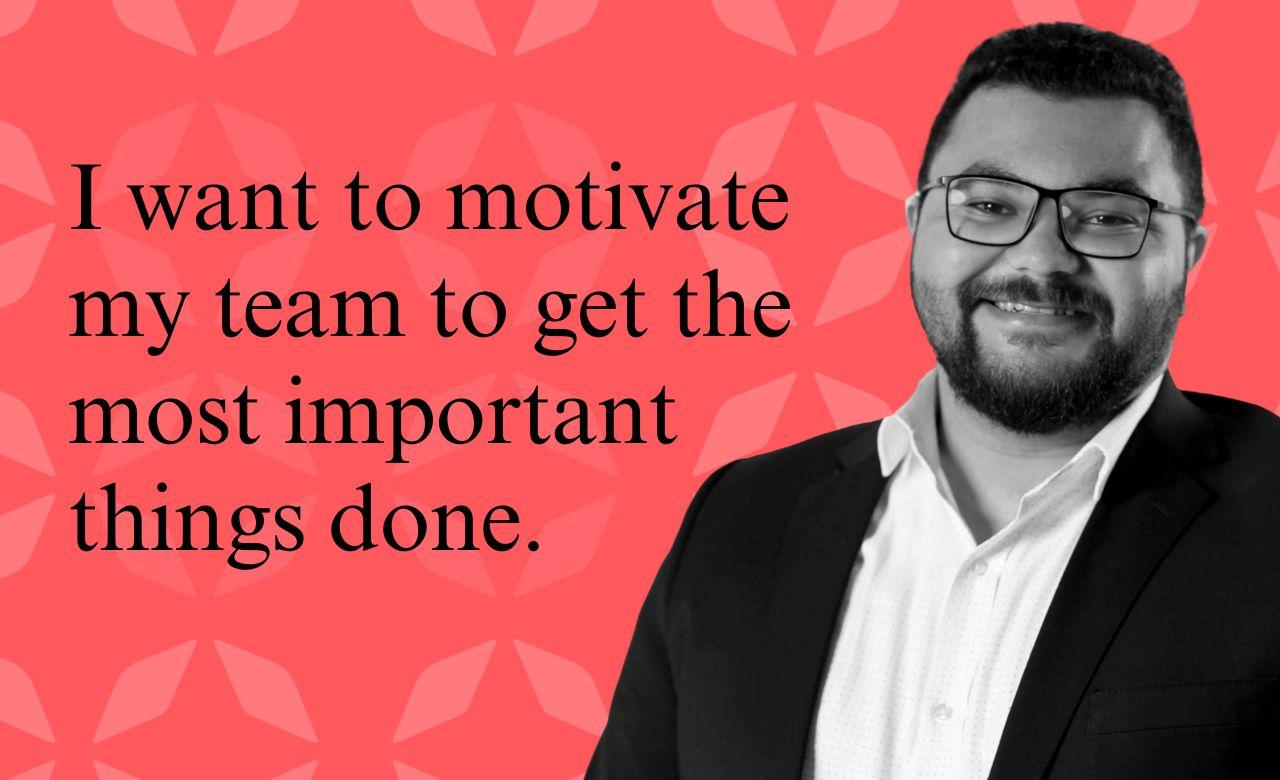Why is it vital for leaders to know how to properly motivate their teams? When projects come up that are uninteresting or if a project goes from fun to frustrating, leadership can light a fire under their employees to push the limits on projects. Think of a leader who helped you see the value of what you are doing or energized you to do your best despite challenging circumstances. It changes people from going through the motions to bringing out their best work.
The best way to motivate a team is not with incentives and moving speeches or threats. That’s called extrinsic motivation, meaning it’s from the outside. It’s the old “carrot and stick” philosophy, assuming people respond best to rewards and punishments. It might get temporary results, but it’s not sustainable. The only way to get external incentives to work is by tying them to the inner drives and passions of each team member.
That’s intrinsic motivation—an inside-out approach to results. If you want to motivate someone, you have to start there. You won’t be able to change what motivates them because it’s part of their makeup. But you can influence what they’re motivated to do as you make a personal connection to discover what helps them engage.
Your job as a manager is to create the vision and provide compelling reasons for that vision. That will determine what the most important steps are in the process so you can inspire people to engage with those steps.
It’s human nature to focus on easy tasks before challenging ones, and usually, the challenging ones are the most important. That’s why productivity training can be valuable, because it gives people the practical tools to achieve what matters most.
That’s also why managers must invest in one-on-one time with each team member regularly to learn what’s important to them, what parts of their position energize them the most, and what parts seem tedious. Get rid of things that demotivate them, such as drama within the team, unfair criticism without recognition, and roadblocks they can’t remove without your help. Be their cheerleader and advocate, helping them become the best version of themselves possible.
It’s like taking a trip together and wanting your people to volunteer to participate because of where you’re headed—not being forced to go just because it’s their job. Build an inclusive, healthy culture that allows people to do work that’s important to them, and you won’t have to motivate them. They’ll motivate themselves.
Finally, model the motivation you hope to achieve. Make sure you’re focused on the most important things instead of being distracted by the urgent things.
Click here to learn more about our approach to breakthrough results.

